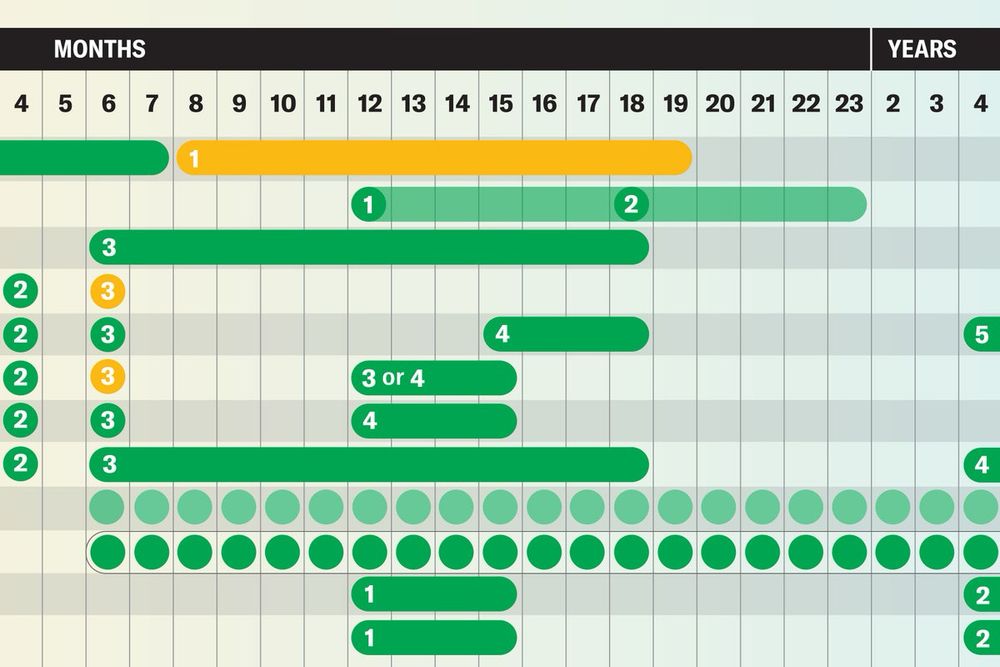academic.oup.com/bioinformati...

academic.oup.com/bioinformati...
📅 10 AM – 2 PM ET
💻 MS Teams + recording
💰 $500 ($400 UConn)
Register: bioinformatics.uconn.edu/cbc-workshops/
#GenomeAnnotation #Bioinformatics

📅 10 AM – 2 PM ET
💻 MS Teams + recording
💰 $500 ($400 UConn)
Register: bioinformatics.uconn.edu/cbc-workshops/
#GenomeAnnotation #Bioinformatics
📅 10 AM – 2 PM EST
💻 Live on Zoom + recordings
💰 $500 ($400 UConn affiliates)
Register: bioinformatics.uconn.edu/cbc-workshops/
#ChIPSeq #ATACSeq #Bioinformatics #Workshop

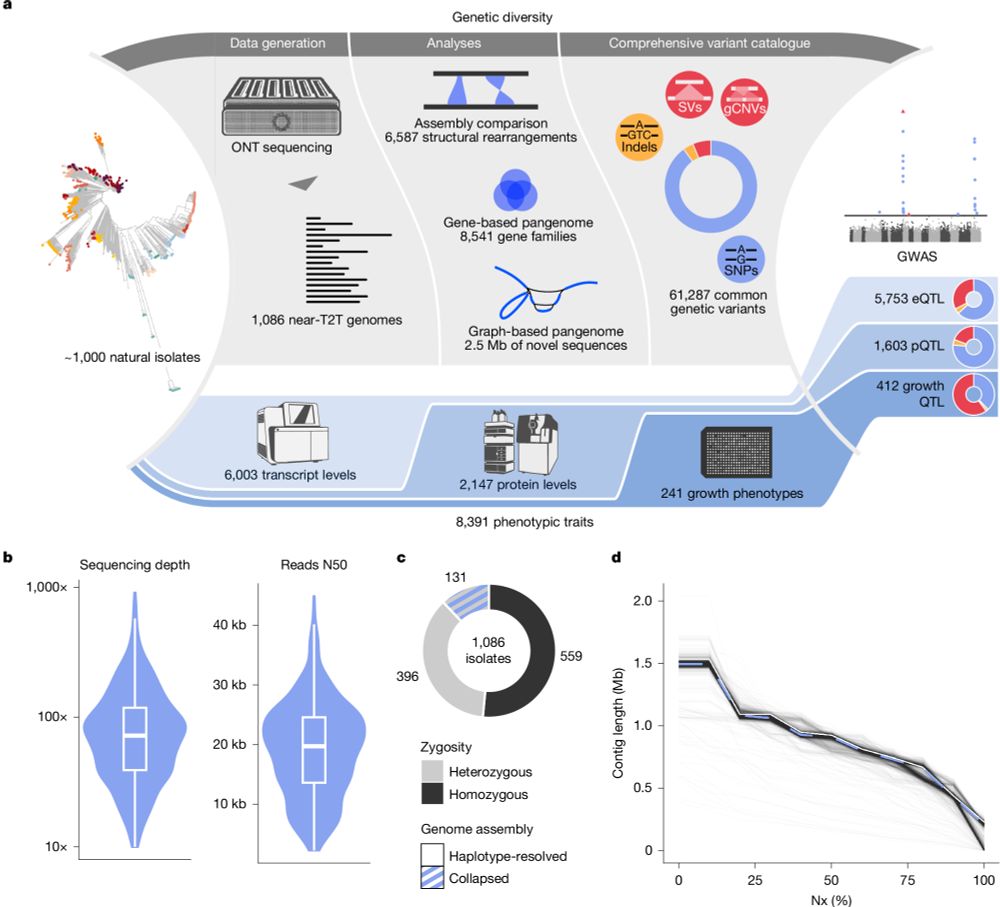

(1) Accurate sequencing of sperm at scale
(2) Positive selection of spermatogenesis driver mutations across the exome
(3) Offspring disease risks from male reproductive aging
[1/n]
www.nature.com/articles/s41...

(1) Accurate sequencing of sperm at scale
(2) Positive selection of spermatogenesis driver mutations across the exome
(3) Offspring disease risks from male reproductive aging
[1/n]
www.nature.com/articles/s41...
Aardvark: Sifting through differences in a mound of variants
GitHub: github.com/PacificBiosc...
Some highlights in this thread:
1/N
Aardvark: Sifting through differences in a mound of variants
GitHub: github.com/PacificBiosc...
Some highlights in this thread:
1/N

www.nature.com/articles/s41...

www.nature.com/articles/s41...
📅 10 AM – 2 PM EST
💻 Live on Zoom + recordings
💰 $500 ($400 UConn affiliates)
Register: bioinformatics.uconn.edu/cbc-workshops/
#ChIPSeq #ATACSeq #Bioinformatics #Workshop

📅 10 AM – 2 PM EST
💻 Live on Zoom + recordings
💰 $500 ($400 UConn affiliates)
Register: bioinformatics.uconn.edu/cbc-workshops/
#ChIPSeq #ATACSeq #Bioinformatics #Workshop
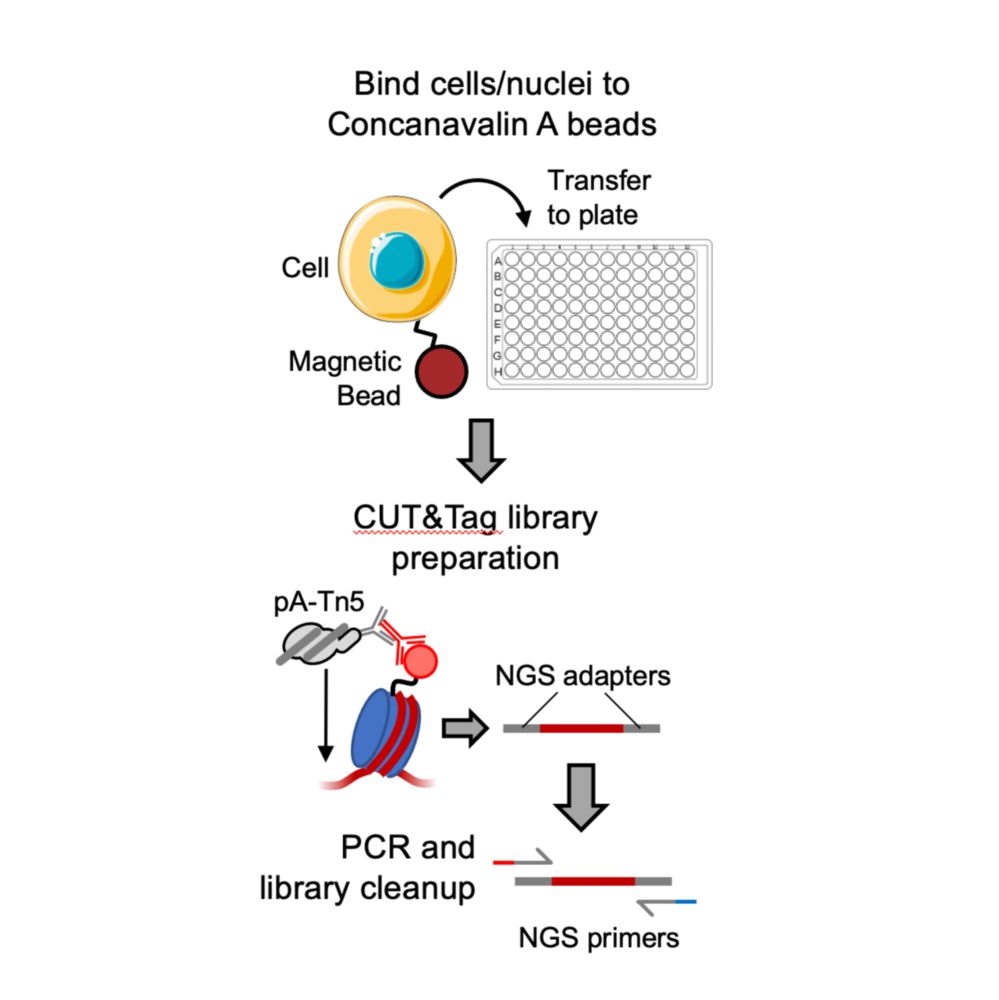
www.biorxiv.org/content/10.1...
(1/n)

www.biorxiv.org/content/10.1...
(1/n)
📅 10 AM - 2 PM EST
💻 Live on MS Teams + recordings
💰 $500 ($400 UConn affiliates)
Register: bioinformatics.uconn.edu/cbc-workshops/
#GenomeAssembly #Bioinformatics #Workshop

📅 10 AM - 2 PM EST
💻 Live on MS Teams + recordings
💰 $500 ($400 UConn affiliates)
Register: bioinformatics.uconn.edu/cbc-workshops/
#GenomeAssembly #Bioinformatics #Workshop
Multiple overlapping binding sites determine #transcription factor occupancy
doi.org/10.1038/s415...

Multiple overlapping binding sites determine #transcription factor occupancy
doi.org/10.1038/s415...

We present a high-throughput framework to map cellular interactions at ultra-high scale – broadly applicable from whole-organism immune response mapping to personalized therapy response prediction (1/4).
www.nature.com/articles/s41...

We present a high-throughput framework to map cellular interactions at ultra-high scale – broadly applicable from whole-organism immune response mapping to personalized therapy response prediction (1/4).
www.nature.com/articles/s41...
www.biorxiv.org/content/10.1...
www.biorxiv.org/content/10.1...
@currentbiology.bsky.social @takashiakeralab.bsky.social
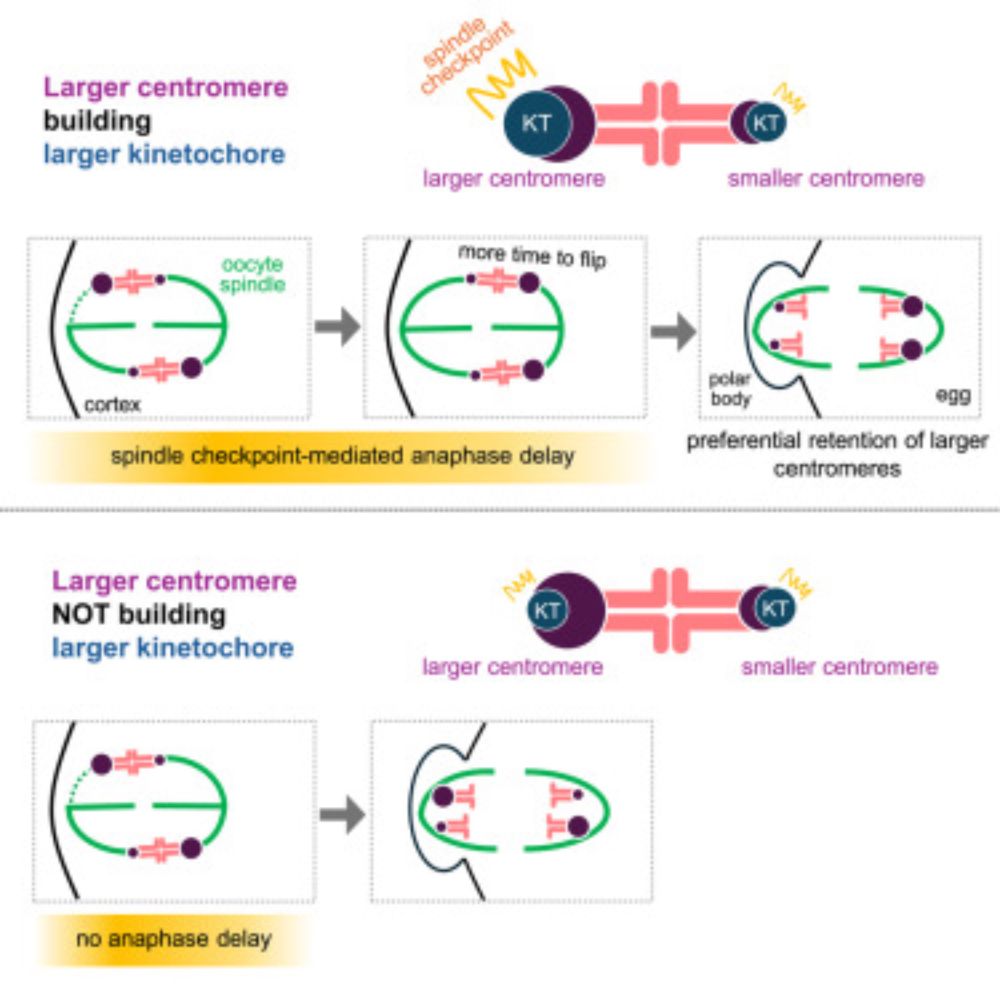
@currentbiology.bsky.social @takashiakeralab.bsky.social
@ScienceAdvances
where we dissect the gene regulatory landscape guiding mouse sex determination!
science.org/doi/10.1126/...
A huge well done to @IsabelleStevant.genomic.social.ap.brid.gy, Meshi and Elisheva who spearhead this project!
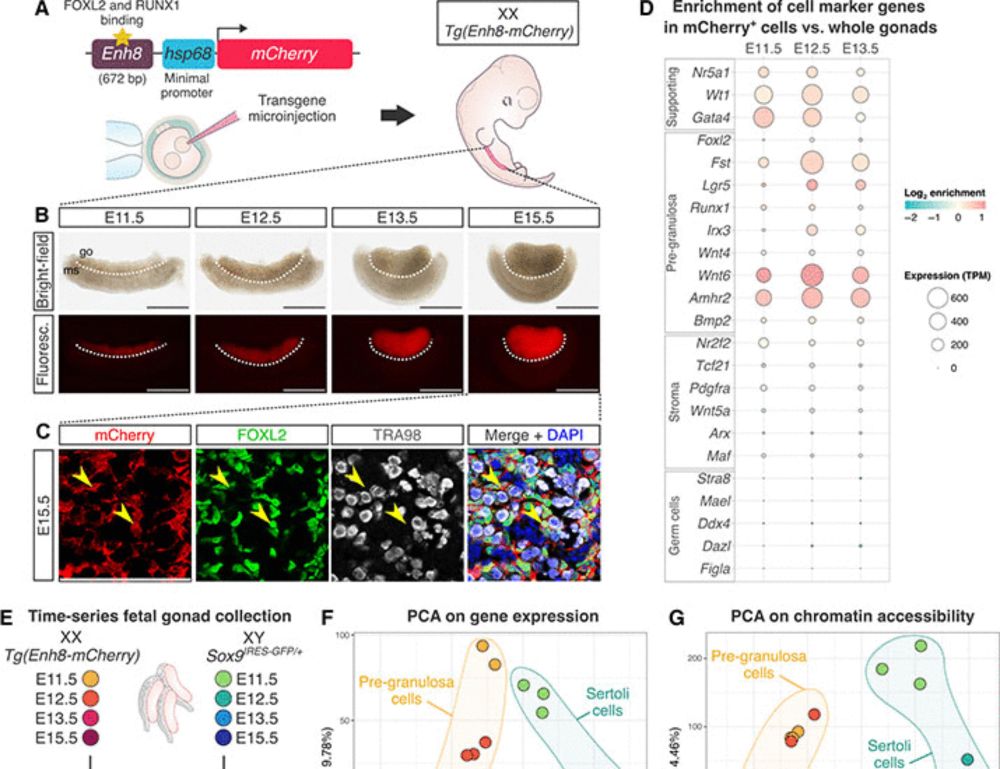
@ScienceAdvances
where we dissect the gene regulatory landscape guiding mouse sex determination!
science.org/doi/10.1126/...
A huge well done to @IsabelleStevant.genomic.social.ap.brid.gy, Meshi and Elisheva who spearhead this project!
rdcu.be/exfiH
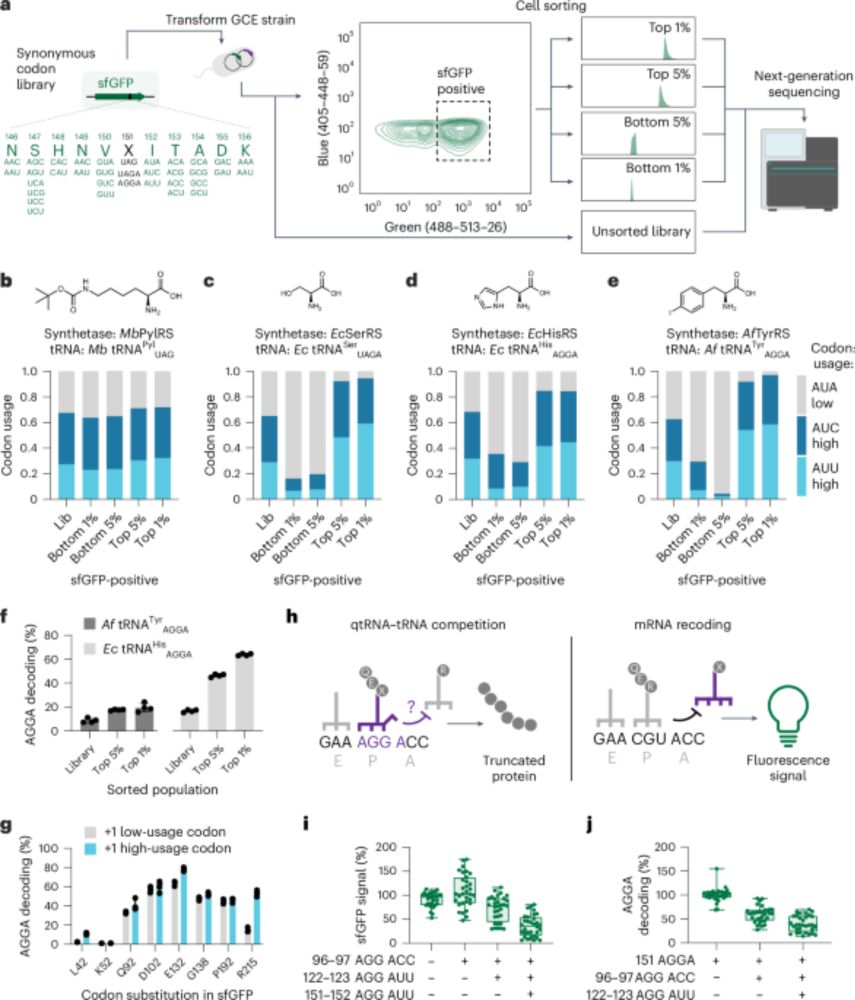
rdcu.be/exfiH

We (yours truly, Paschalis Natsidis, Laura Piovani and co-leads Paschalia Kapli and @maxjtelford.bsky.social) set out to try to answer this question.
Why? (1/12)
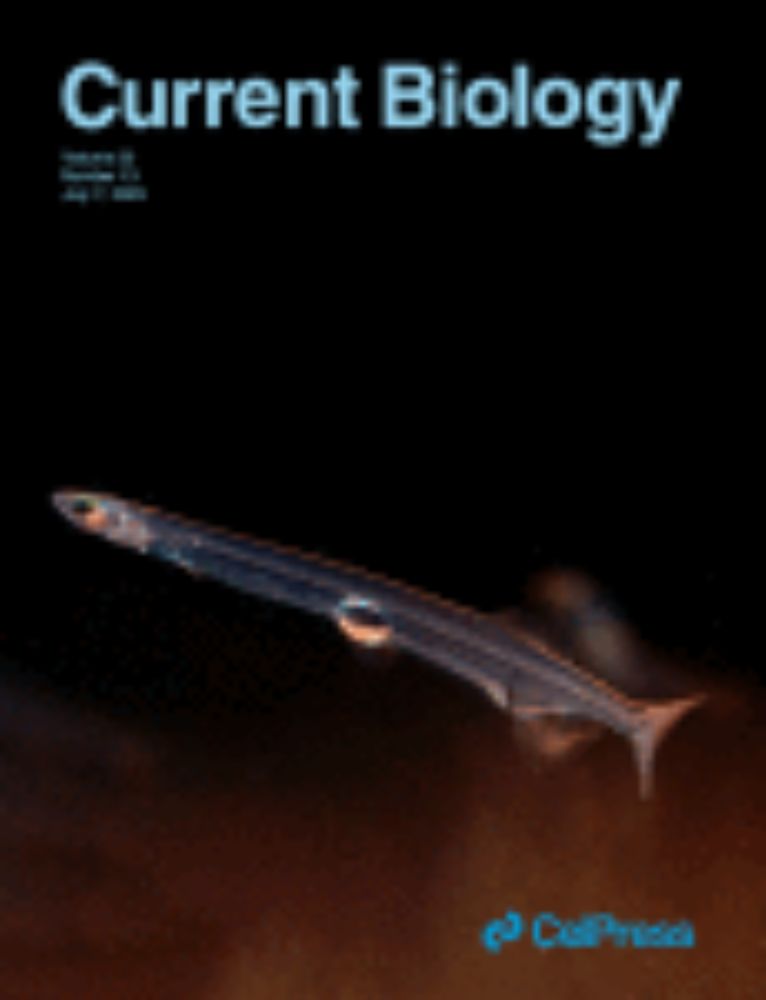
We (yours truly, Paschalis Natsidis, Laura Piovani and co-leads Paschalia Kapli and @maxjtelford.bsky.social) set out to try to answer this question.
Why? (1/12)

